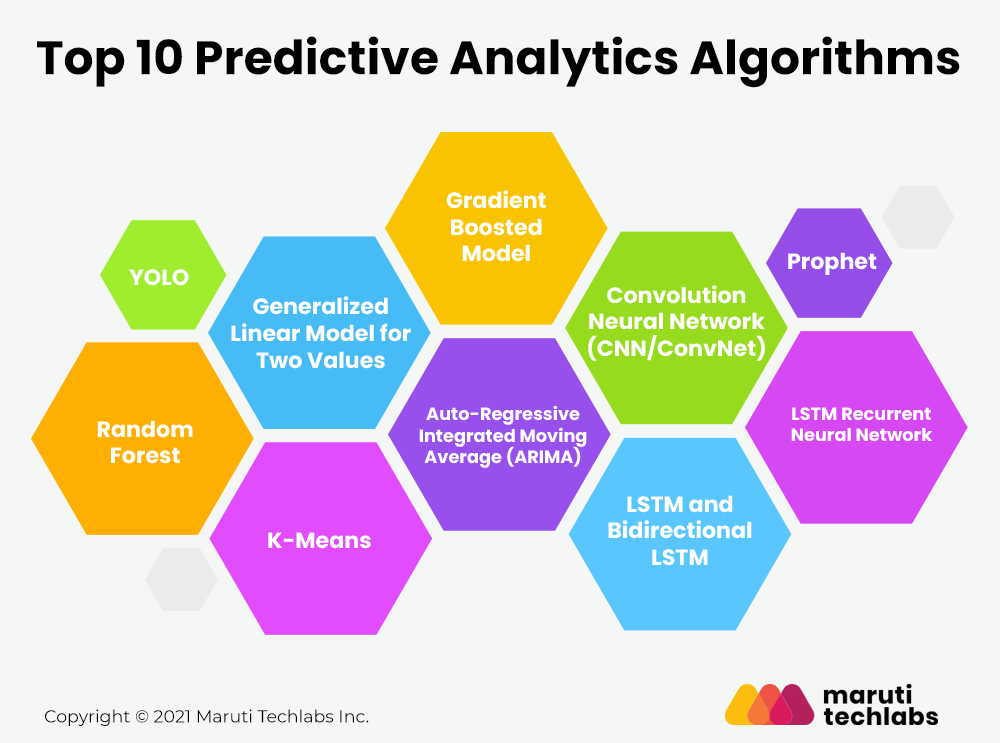How the Rams Are Using Data to Dominate: A Deep Dive into Their Analytics-Driven Game Day Strategy
Hey football fans! Let’s talk Los Angeles Rams. We all know they’re a powerhouse, but what’s the secret sauce behind their consistent success? While incredible talent is undeniably a key ingredient, the Rams are also quietly revolutionizing the game with their sophisticated use of analytics. Forget old-school gut feelings; these guys are letting the data do the talking, and the results are electrifying. This article will dive deep into how the Rams leverage analytics for game-day success, exploring the different ways they use data to gain a competitive edge.

The Rise of Analytics in the NFL: From Spreadsheet to Sideline
For years, NFL teams relied heavily on scouting reports and coaches’ instincts. But the game is evolving, and the sheer volume of data available is staggering. Think about it: every snap, every pass attempt, every tackle – it’s all meticulously tracked and recorded. This data, once just a collection of numbers, is now being transformed into actionable insights that are changing the face of football. The Rams, under the leadership of [mention relevant personnel involved in their analytics department, if known], are at the forefront of this revolution.
Beyond the Box Score: The Data Points That Matter
The Rams’ analytics department isn’t just looking at basic stats like yards gained or touchdowns scored. They’re delving much deeper, analyzing a multitude of factors to paint a complete picture of the game. Here are some key areas where data plays a crucial role:

-
Predictive Modeling for Play Calling: Forget relying solely on gut feeling when choosing the next play. The Rams utilize sophisticated algorithms that predict the likelihood of success for various plays based on down, distance, field position, opponent tendencies, and even weather conditions. This allows them to optimize their play selection for maximum efficiency. Imagine having a model that predicts, with a high degree of accuracy, the probability of a successful run play on 3rd and short, considering the opponent’s defensive alignment and recent performance. That’s the power of predictive modeling.
-
Opponent Scouting and Weakness Exploitation: Traditional scouting involves watching film and identifying general weaknesses. The Rams go beyond this by quantifying those weaknesses using data. They might analyze an opponent’s pass coverage tendencies, identifying specific situations where a particular receiver consistently finds open space. This allows them to design plays specifically targeting those vulnerabilities, maximizing their chances of success. Think of it as a hyper-targeted, data-driven attack plan for every opponent.

-
Personnel Decisions and In-Game Adjustments: Data helps the Rams make informed decisions about personnel. Are certain players performing better in specific situations? Is a particular defensive scheme proving effective against a certain opponent? The data provides the answers, allowing the coaching staff to make real-time adjustments and optimize their lineup based on performance and opponent tendencies. This ensures the best players are on the field at the right time, maximizing their impact.
-
Special Teams Optimization: Even special teams aren’t immune to the data revolution. The Rams use analytics to determine optimal kickoff and punt strategies, analyzing factors like field position, wind conditions, and opponent return tendencies. This allows them to maximize field position and minimize the risk of giving up big returns. Every yard counts, and data helps them squeeze every ounce of advantage from these often-overlooked aspects of the game.
-
Injury Prediction and Player Management: The Rams are likely using data to predict potential injuries based on player workload, past injury history, and even biomechanical analysis. This allows them to manage player workloads effectively, minimizing the risk of injuries and ensuring peak performance throughout the season. This proactive approach to player health is crucial for long-term success.


Real-World Examples: How the Rams Use Data on Game Day
Let’s illustrate these concepts with some hypothetical (but realistic) examples: